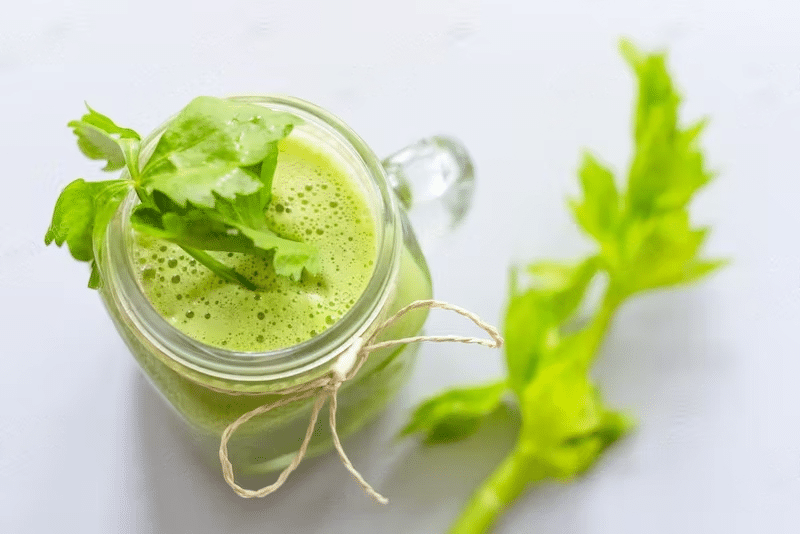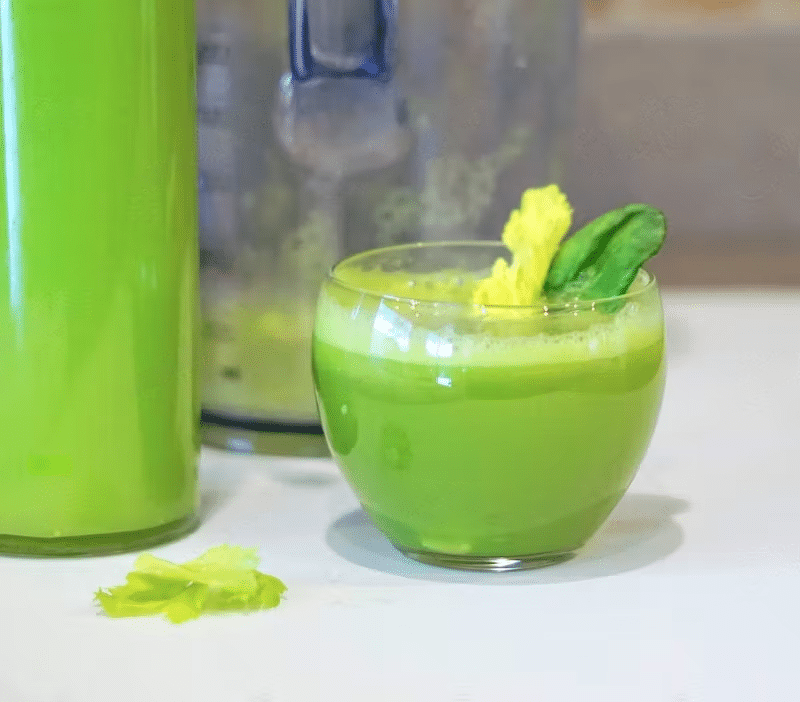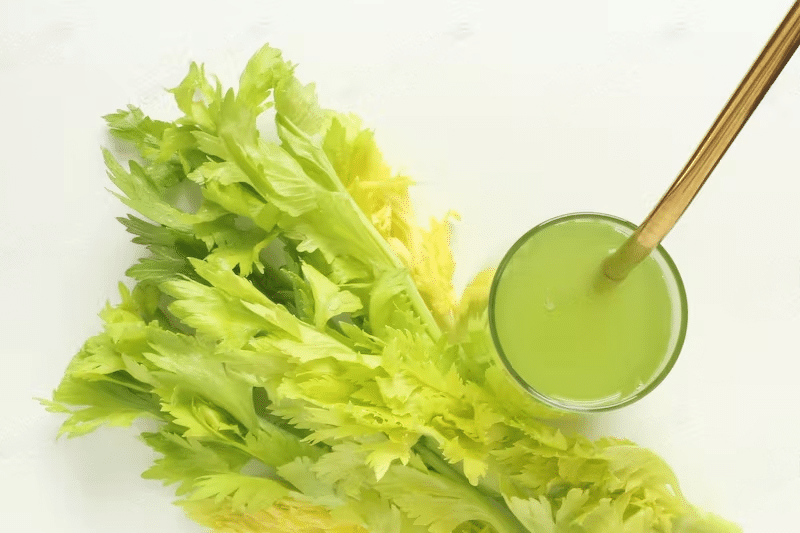
Celery juice is one of the most popular homemade juices in the world. It is made by boiling and straining the leaves of celery, which are usually sold in bags or boxes, into a puree. The liquid extracted from this raw material has a unique flavour, which can be compared to other juices. Discover the benefits and how to make celery juice using this guide.
Celery is a vegetable often eaten as a salad or a side dish. It is also known as “celery” in some countries. It has been used for centuries in the Mediterranean and Asia, where it was served with many dishes.
Celery juice is a wonderful and healthy food that can be used in many recipes. It is rich in vitamins, minerals, and fibre. Its flavour is mild and not overpowering, but it can be made more intense by adding other flavours, such as hummus or even as a topping to other dishes, such as salads, soups, or desserts.
Plain Celery juice is a popular health trend that has recently gained traction. It is made by blending celery stalks and then straining the liquid to create a nutrient-rich drink.
Here are some of the known celery juice benefits:
It is said to help with digestion, reduce inflammation, and even aid in weight loss. While there are many potential benefits of drinking celery juice, it is important to be aware of the potential side effects that can occur when consuming this beverage.

Juicing celery is easy and quick to do. We have detailed the steps you can take to make celery juice using a juicer.
Making celery juice with a slow juicer:
Making celery juice using a blender is easy and requires only a few simple steps.

Organic celery and conventional celery are both popular options for making celery juice. While both types of celery can be juiced, some differences between them should be considered when deciding which type to use.
Organic celery is grown without synthetic fertilizers, pesticides, or other chemicals. This means it is free from harmful substances and is better for the environment. Additionally, organic celery is often more flavorful and nutrient-dense than conventional celery.
Conventional celery, on the other hand, is grown using synthetic fertilizers and pesticides. While this type of celery may be less expensive and easier to find in stores, it can contain traces of these chemicals that could be harmful to your health. Additionally, conventional celery may not be as flavorful or nutrient-dense as organic celery.
Tip: When making celery juice, it is important to consider the differences between organic and conventional celery. While both types of celery can be juiced, organic celery is generally considered the healthier option due to its lack of potentially harmful chemicals and higher nutrient content.
Celery is one of the most important vegetables in the world. It is widely used in different dishes. It’s also used to make different products, including drinks, ice creams, and sauces.
Many people use celery as a source of vitamins and minerals. We can use it to make healthy food or even supplement our diet with the necessary nutrients.
Was this article helpful? Let us know in the comments.
16 ounces (475 ml) of celery juice are produced by one large bunch of celery or roughly 9 stalks.
The best time to drink celery juice is first thing in the morning, on an empty stomach, before anything else (other than water or lemon water, which you should wait at least 15 to 30 minutes later).
Celery indeed includes certain naturally occurring toxins; specifically, it produces substances called psoralens that make skin more sensitive to the damaging effects of UV radiation from sunlight. Since boiling breaks down the psoralens, you only need to be cautious about these while using raw celery.
Pearl Lemon Juice is a part of the Pearl Lemon Group. We also own Bubble Tea, Matcha, and Coffee beverage café’s in Fulham and Marleybone!
© All Rights Reserved | Company Number: 10411490 | VAT Number: 252 7124 23 | Sitemap